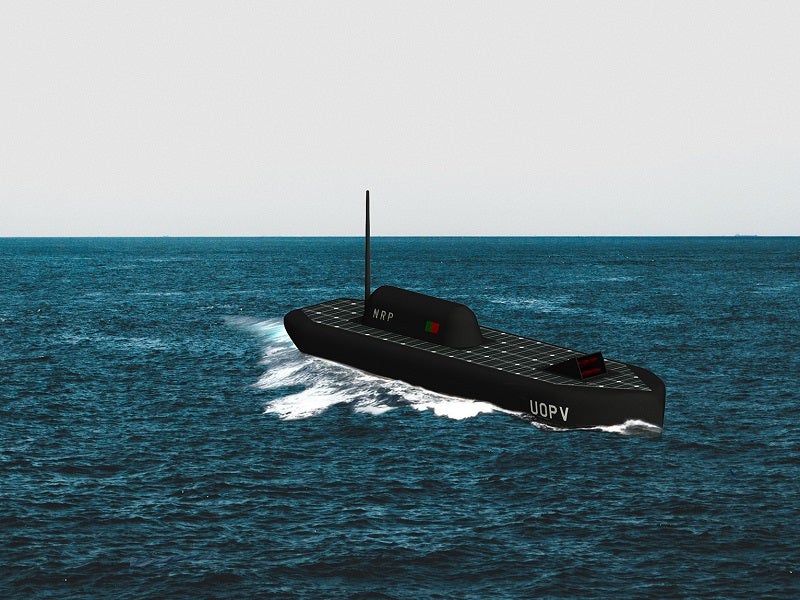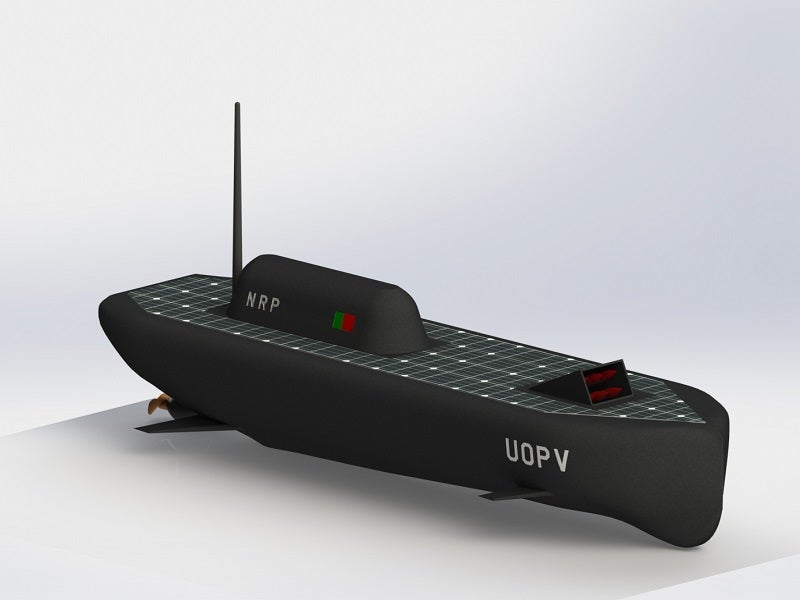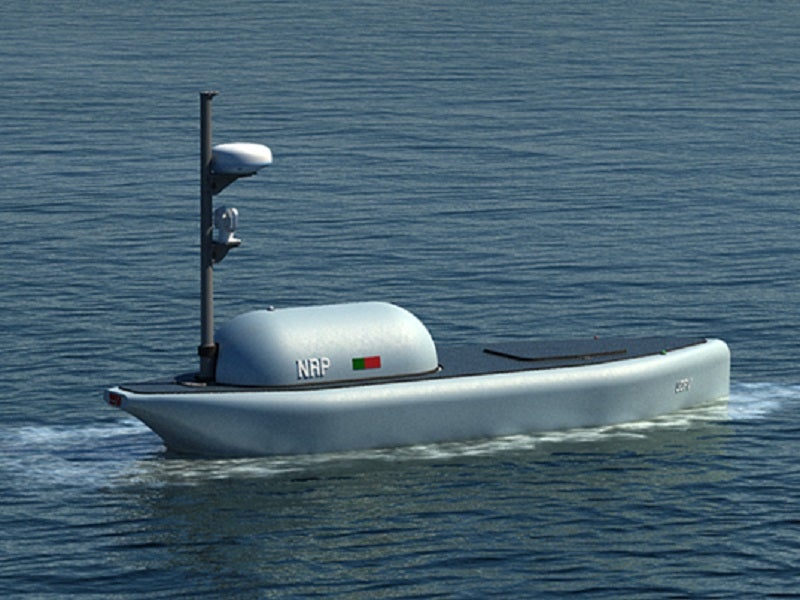The Unmanned Oceanic Patrol Vehicle (UOPV) is a new maritime patrol vessel being developed jointly by Portuguese engineering solutions provider TecnoVeritas and shipbuilding company Nautiber Shipyard.
The UOPV can be used for a range of missions including patrolling, reconnaissance, electronic warfare, anti-submarine warfare, attack, and salvage and rescue.
The development is supported by the Fundo Azul incentive scheme of the Portuguese Government’s Directorate General of Marine Policy. Fundo Azul focuses on supporting technological and scientific research in the maritime sector. The project was approved for funding worth €199,234 ($226,973) under the incentive programme in the first quarter (Q1) of 2019.
The research and development (R&D) project aims to provide an affordable maritime patrol solution with minimum impact on the environment. It was demonstrated at the NATO Maritime Unmanned Systems (MUS) symposium held in Brussels in December 2019.
UOPV design and features
The hull of the ocean patrol vehicle is designed and manufactured by Nautiber Shipyard at Algarve Vila Real de Santo António, Portugal.
The hull is made of strong carbon fibres to provide the strength to withstand adverse weather conditions in the North Atlantic sea. The moulds used in the construction of the hull are manufactured by Portuguese company Norcam. The moulds are made of styrofoam covered with hardening resins.
The unmanned vessel has a length ranging between 6m and 8m, breadth between 2m and 2.5m, and draft between 1m and 2m. It can carry payloads, including sensors and armaments, thanks to its internal volume of more than 3m³.
Mission capabilities of the unmanned ocean patrol vessel
The UOPV will provide patrolling capabilities for Portugal to safeguard its interests in its maritime territory of more than 3.87 million km².
The maritime patrolling and surveillance capabilities will enable the country to perform fisheries law enforcement and immigration control, as well as counter the threats of drug transportation and terrorism. The drone also provides stealth capabilities.
The UOPV can operate in four principal modes, including station-keeping, waypoint, remote operation and autonomous operation. The system can provide station-keeping capabilities, maintaining the position on a 35m radius and acting as an untethered buoy.
The waypoint mode allows the UOPV to travel to its home position or close to the harbour to be picked up. The vehicle can perform patrolling duties over an area of up to 1,294km² a week in the waypoint mode.
The remote operation mode enables the operation of the unmanned vessel from a remote location using satellite communication.
The autonomous operation mode employs artificial intelligence (AI) for decision making during navigation.
Sensors and communications
The UOPV features a remote control system and autonomous capabilities for navigation in both military and civilian applications.
The autonomous mission capabilities are made possible due to data fusion from the on-board sensors. TecnoVeritas is developing the data fusion technology in partnership with Faculdade de Ciências e Tecnologia (FCT) of the NOVA University Lisbon.
Furthermore, the maritime drone will be equipped with a control and communication system being developed by TecnoVeritas. The system will leverage AI technology and interference algorithms for sensing and navigation.
Propulsion and performance
The UOPV comes with a dual propulsion system, which includes a highly scalable wave propulsion technology and hydrogen-based electric propulsion.
The wave propulsion system generates forward thrust when the hull moves through the waves. The electric propulsion uses hydrogen that is produced on board. The stored energy will be used to power auxiliaries and perform sprinting operations. The environment-friendly propulsion system produces zero emissions.
The UOPV can cruise at a speed of 6k in patrolling mode and more than 2k in sprint mode. It has an endurance of more than six months.






